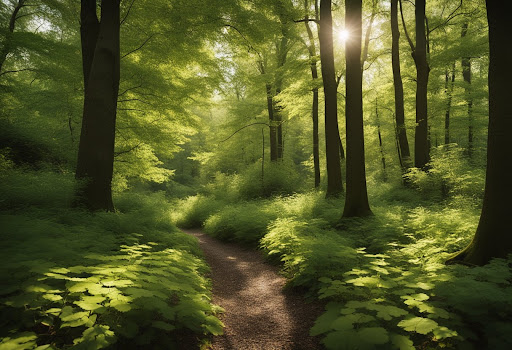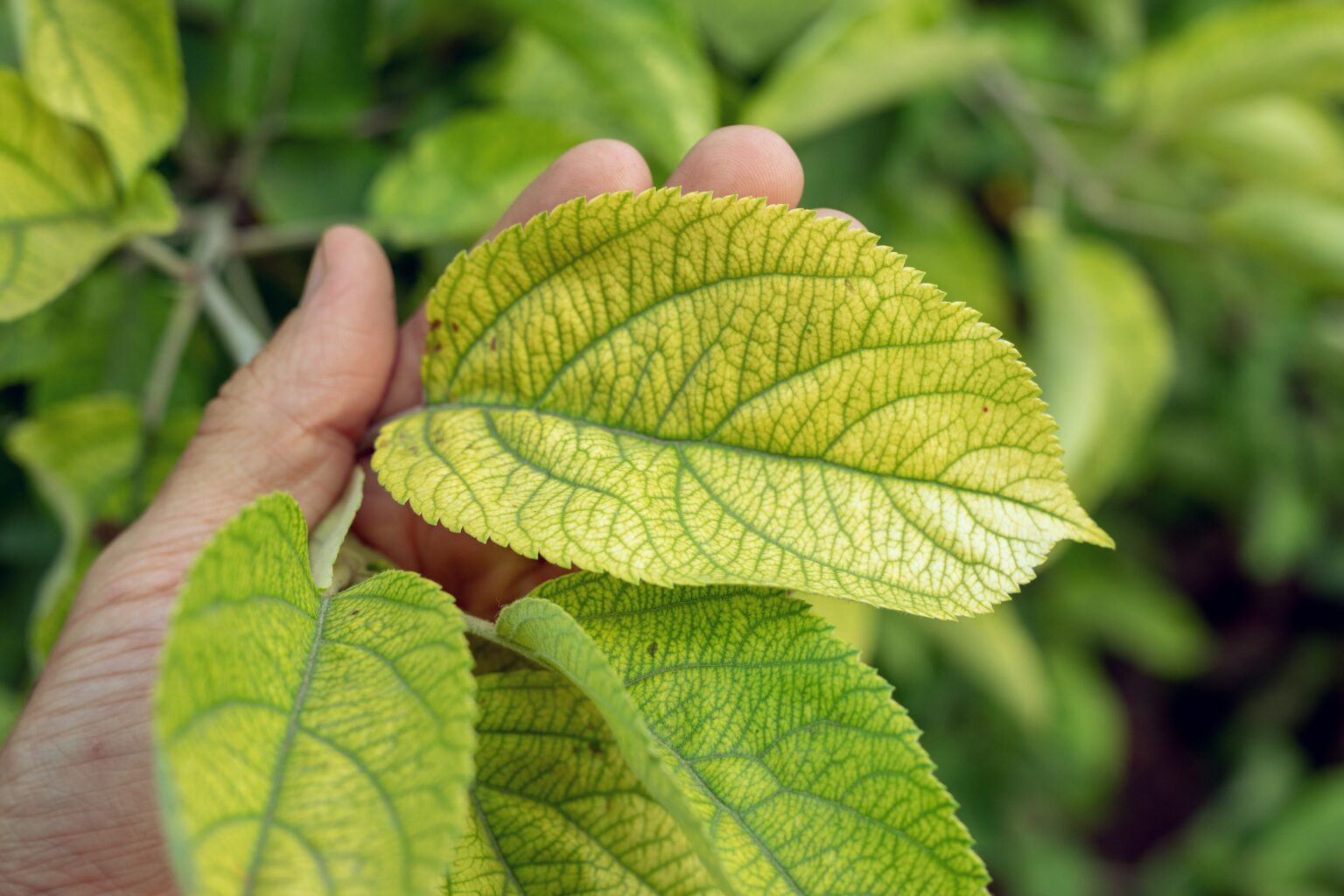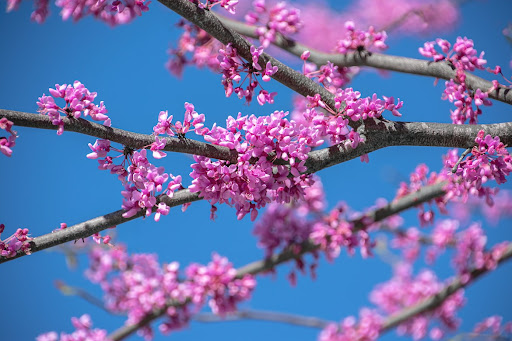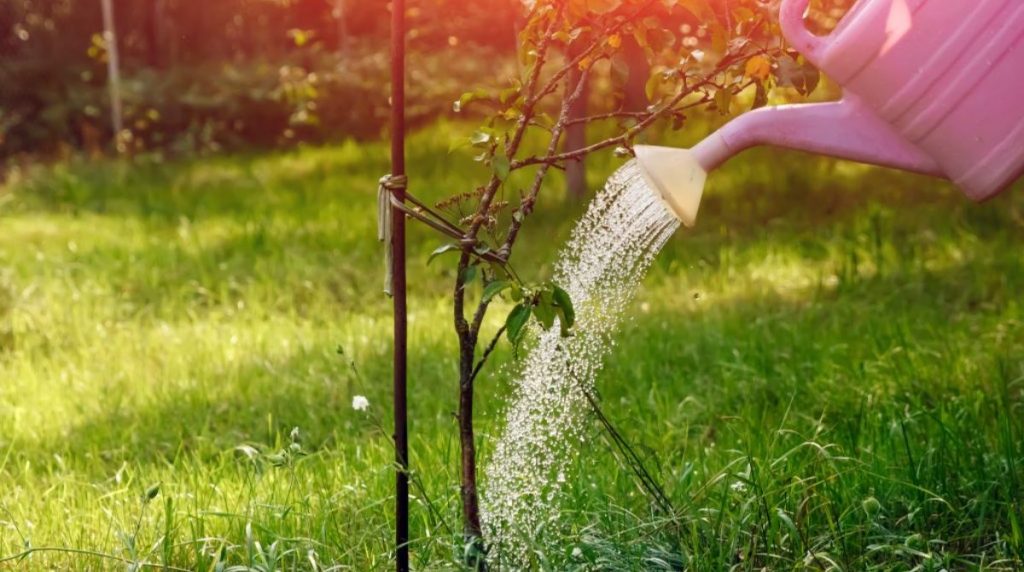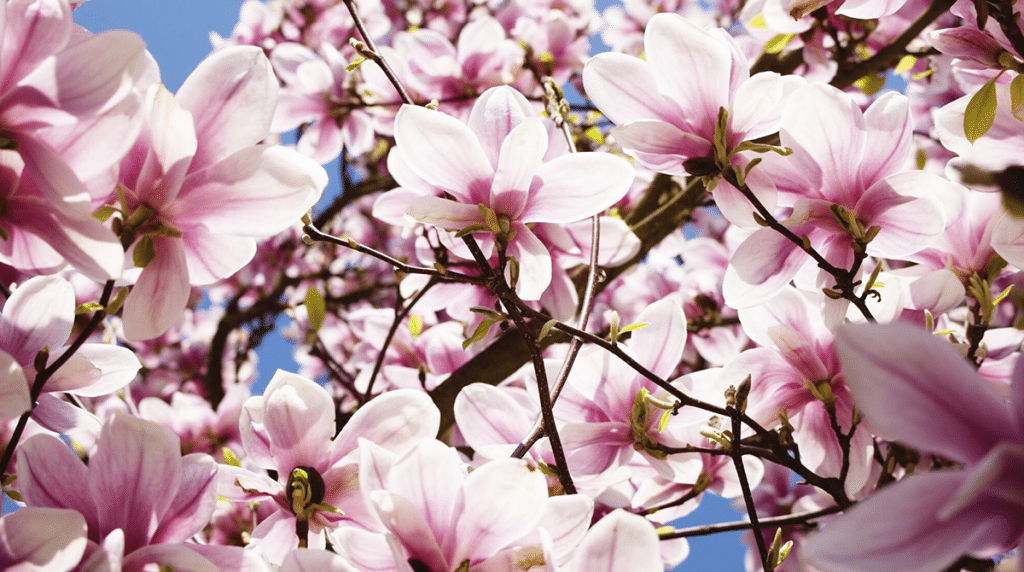
Date November 17, 2020
Category
Magnolia trees are an ancient, beautiful plant that can elevate the look and atmosphere of any garden, park, or outdoor area. Each magnolia variety is unique, but they all create a stunning focal point with their glossy foliage, juicy dark green leaves, rich blossoms, and large, fragrant flowers.
While the exotic, dreamy look of magnolia trees makes them an unparalleled choice for your garden, they are quintessentially Southern – where the climate is perfect for them to thrive.
Deciding to introduce a Magnolia tree in your own garden is a sure way to enrich its look and create a dreamy atmosphere. However, picking the right variety, speaking to an ISA Certified Arborist, and understanding how to care for these beautiful plants are crucial aspects that magnolia owners should not overlook. Let’s find out more.
Magnolia Trees: Characteristics and Appearance
Magnolia trees are stunning plants that will improve the look of any landscape. While they are known for needing only a little care and maintenance, it is essential to identify the aspects that cannot be overlooked. To start, it is worth understanding what a healthy plant looks like!
Depending on the variety you have picked, you can expect your plant to be either evergreen or deciduous (see below). Blossoms can change in color and size, ranging from white flowers to green, yellow, pink, or light purple petals. They can be either bowl-shaped or star-shaped but all instinctively fragrant and beautiful. Just as appealing as the flowers, the leaves are commonly glossy, luxuriant, and uniquely rusty-colored on their underside.
It is common for the flowers to appear in deciduous varieties before the leaves do, often in spring or, if late, at the beginning of summer. Some varieties can also flower twice, once in spring and once in autumn. Some others might start to show cone-like fruits at this time of the year.
In terms of uses, magnolia trees can be extremely versatile. They can be grown as a feature plant to create a unique focal point. Alternatively, they might be planted en-mass to define the edge of a driveway or path.
Magnolia Trees: History and Origins
Magnolia trees are extremely old, and the first specimens of this genus are as old as 20 million years. Since they have been around since before bees populated the Earth, they have adapted to promote pollination by beetles. Indeed, you will find that the carpels of the Magnolia flowers are particularly tough.
Since these trees appeared in central and southeast Asia as well as the West Indies, North, Central, and South America, it can be challenging to identify the location of origins.
Deciding on the Best Magnolia Tree
With over 200 varieties of Magnolia trees to choose from, it can be challenging to identify the right one for your needs. However, depending on your uses, climate zone, and personal preferences, you can narrow down the choice to the most versatile and diffused species.
Saucer Magnolia (Magnolia x soulangiana)
The Saucer Magnolia is a beautiful cross between the Yulan and Lily Magnolia, and it is one of the most grown varieties of Magnolia in the US. These trees’ size is not often defined, and they can take the form of small shrubs or 20ft-tall trees. The flowers, which start appearing in early spring (often before the leaves), are characterized by white blooms colored by pink interiors.
- USDA Hardiness Zones: 4 to 9
- Height: 20ft to 25ft (20-25m)
Southern Magnolia (Magnolia Grandiflora)
The Magnolia Grandiflora is the South’s symbol, and its flower is the state flower of Louisiana and Mississippi. This Magnolia is one of the largest species of Magnolia Trees in the US; it is evergreen and requires a lot of space to grow healthily.
These plants’ main characteristic is the leathery, elliptical leaves that can be as long as 12in (30cm).
- USDA Hardiness Zones: 7 to 9
- Height: 60-80ft (18-24m)
Star Magnolia (Magnolia stellata)
Star Magnolia is a unique variety that will naturally remain smaller than others. It is characterized by the white, star-shaped flowers that enrich its appearance in late winter – just after the last frost. This plant is native to Japan, But it adapts well to partial shade or full sun conditions.
- USDA Hardiness Zones: 4 to 8
- Height: 15-20ft (4.5-6m)
Cucumber Tree (Magnolia acuminata)
Cucumber tree magnolia boasts this particular name because of the uniquely-shaped fruits it produces. It is characterized by large, glossy leaves that can be as long as 10in (25cm). This plant can easily withstand colder temperatures, but its flowers are smaller and more discreet than the ones common to other Magnolia plants.
- USDA Hardiness Zones: 3 to 8
- Height: 60-80ft (18-24m)
Anise Magnolia (Magnolia salicifolia)
Anise Magnolia leaves look similar to the ones of a willow tree, and its flowers boast the characteristic lemon or anise-like perfume. This is also a deciduous tree, and it will produce flowers before the leaves are visible in early spring. While native to Japan, this plant is widespread in the US too.
- USDA Hardiness Zones: 6 to 9
- Height: around 30ft (9m)
Evergreen vs. Deciduous
When picking the right Magnolia Tree, you will need to choose whether you prefer to have an Evergreen or Deciduous plant in your landscape. The most famous evergreen magnolia types are Magnolia grandiflora and Little Gem, and you will notice that these will keep their leaves all year round.
Oppositely, Deciduous trees such as Anis, Bigleaf, and Star Magnolia are all common varieties that will lose their leaves for months – usually during winter.
For a special feature tree, picking an Evergreen variety will allow you to have a beautiful focal point in your garden or landscape all year round. At the same time, deciduous trees can look very impressive when the flowers start to blossom, but the leaves are not there yet.
Planting Magnolia Trees
Planting a magnolia tree might not be extremely complicated, but hiring an arborist that can help you throughout this delicate process might be necessary.
Some of the important aspects to remember include:
- If planting your magnolia in a new garden, you should use a test to check the soil pH. In a garden where other plants are already present, you can get a hint of the acidity of the soil from the type of plants on it.
- You can use compost, manure, or mulch to improve the soil’s quality before planting.
- Create a hole that is at least twice as large as the pot
- Use stakes to start training the plant.
- Add mulch if necessary, and use it regularly to regulate the soil’s quality.
Lastly, remember that magnolias thrive in areas where they have enough space to grow. We definitely recommend not to crowd them.
Climate Considerations
Magnolias are hardy plants that can tolerate temperatures as low as 23℉ (-5℃). In terms of hardiness zones, they entirely depend on the species but, generally, you will be able to grow them in zones from 4 to 8.
In these locations, they can benefit from direct or partial sun exposure. They can do well in sandy soil and withstand some wind. However, it is best to provide them with some more organic matter to replenish the soil’s nutrients in these cases.
Watering Routine
Watering a magnolia tree is not a complicated aspect of this plant’s maintenance, but ensuring that the soil is moist and well-drained is necessary. You can start watering the plant three times a week if the plant is in a warm climate (2 times if in a cold climate). You might need to modify this routine, depending on the season.
Soil Quality and pH
Magnolias thrive in soils that are slightly acidic. If the soil where you wish to plant your tree is neutral or alkaline, you will need to speak to an ISA Certified Arborist that can help you amend and condition the soil.
Some common strategies for this include the use of peat moss, which should be added to the soil before planting the tree. This material can lower the pH at first, but you should not forget to keep readjusting the pH over time. You can do so by adding more peat moss or mulch periodically.
Pruning Your Magnolia Tree
Magnolia trees are low-maintenance trees that won’t require much pruning. Of course, you can prune off the flowers as their life cycle is ending. However, this can become extremely challenging when the plant has grown.
Trimming and pruning for landscape purposes can also be completed without issues, but speaking to a tree trimming and removal expert or an ISA Certified Arborist who offers tree service can make the job easier. Deciding to expose the plant’s trunk and pruning the lower branches can be an excellent way to give your plant a more formal look.
Common Magnolia Health Issues and Solutions
Once planted in proper soil and in the right climate, Magnolia trees don’t need much maintenance, and they can be extremely hardy. Nonetheless, some issues might arise along the way, and acting promptly can help you save the life of your magnolia. Here are some common Magnolia conditions, their causes, and some remedies. Keep in mind that hiring an arborist will help you discover environmentally-friendly treatments and the right solution for your plants’ problems.
Not Flowering
If your magnolia is not flowering, this is often due to three possible factors: climate, pruning, or age. Indeed, a magnolia tree can take years to settle and start producing flowers or buds. Additionally, Magnolias are known to be quite dependent on climate conditions – so plants in more suitable climate areas can flower much better than others in colder climates. Lastly, if you have pruned your magnolia, you can expect flowering to be delayed to an extent.
Yellowing Leaves
Yellowing leaves is an issue that affects a variety of plant species, not just magnolias. The alkalinity of the soil, as well as poorer nutrition, lack of water, and cold, can lead to premature yellowing of leaves. However, don’t worry if this happens for brief periods when the leaves are still young – this is part of their growth process.
Leaf Loss
If you have an evergreen magnolia and start to lose its leaves, you should get in touch with a certified arborist who can diagnose the plant. However, to avoid unnecessary alarmism, you should keep in mind that leaves of evergreen plants, while they can be extremely long-lasting, are naturally shed after some years – something that commonly happens in early summer.
Blackened Buds or Flowers
Certain varieties of magnolias tend to start flowering in early spring, and some even during the last days of winter. If they produce buds or flowers during this time, it is not unlikely for them to suffer from frost damage, which might lead to blackened flowers or buds.
Fungi
Fungi such as powdery mildew are common issues that Magnolias might experience. They are highly contagious, so promptly addressing such an issue might be necessary to prevent other plants from suffering from the same conditions. In this case, an ISA Certified Arborist can help you identify natural and environmentally-friendly treatments for your plant.
Phytophthora Root Rot
Root Rot is a condition affecting a variety of plants, and it can be deadly. Indeed, if there is water stagnating near the plant’s roots, fresh oxygen won’t be able to reach the roots, therefore cutting the nutrients the plant can absorb.
At the same time, the high moisture level can encourage the growth of fungi and bacteria in the root section, something that will cause the death of the plant. Root rot can be addressed by repotting the plant or draining the soil, but this action has to be completed before the illness spreads. This condition can be life-threatening for the plant because it becomes obvious once it has already reached an advanced stage.
How Can an Arborist Help?
As you have seen, many conditions can affect the health and wellbeing of your Magnolia. Undoubtedly, each variety has specific requirements that need to be met. However, climate conditions, nutrition, and sun exposure can also be variables to consider. And, of course, some conditions can be threatening for your plant.
An ISA Certified Arborist team such as TreeNewal can help you determine exactly what is wrong with your plant.
Your neighbors at TreeNewal are here to help you. To reach our ISA-Certified Arborists for professional tree maintenance, tree services, or general questions, give us a call us today at tel:(817) 592-6846
To learn more about 5 Questions to Ask an Arborist, call our Argyle and Southlake based teams
at tel:(817) 592-6846 or send us a message.
We’re a little different than the average tree services company.
Learn more about TreeNewal’s ISA Certified Arborists!
Our Dallas/Fort Worth-based tree doctors can explain how sustainable tree care services add more value to your bottom line.
Healthy trees, healthy lives.
